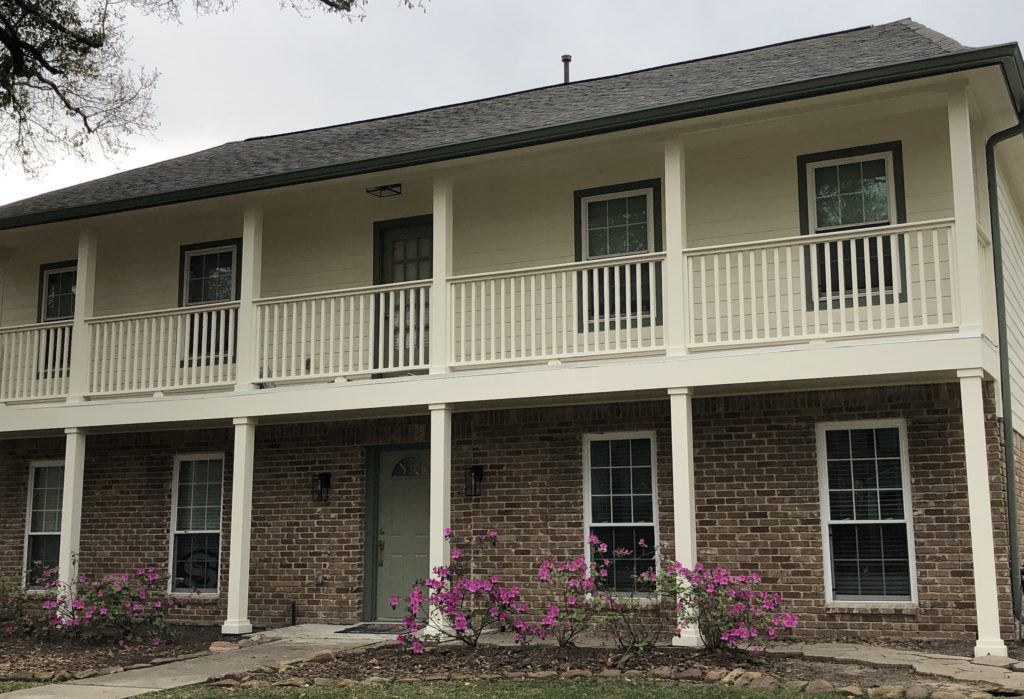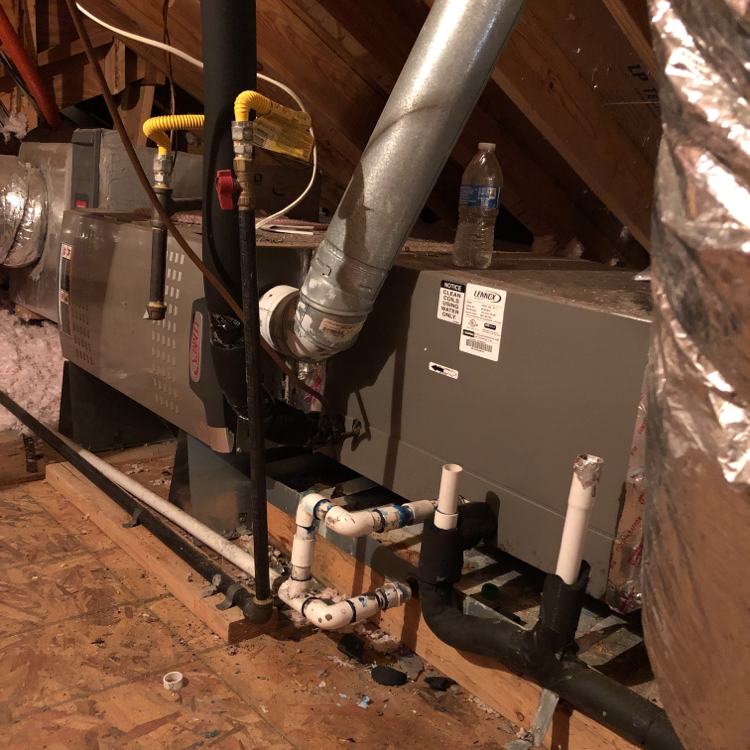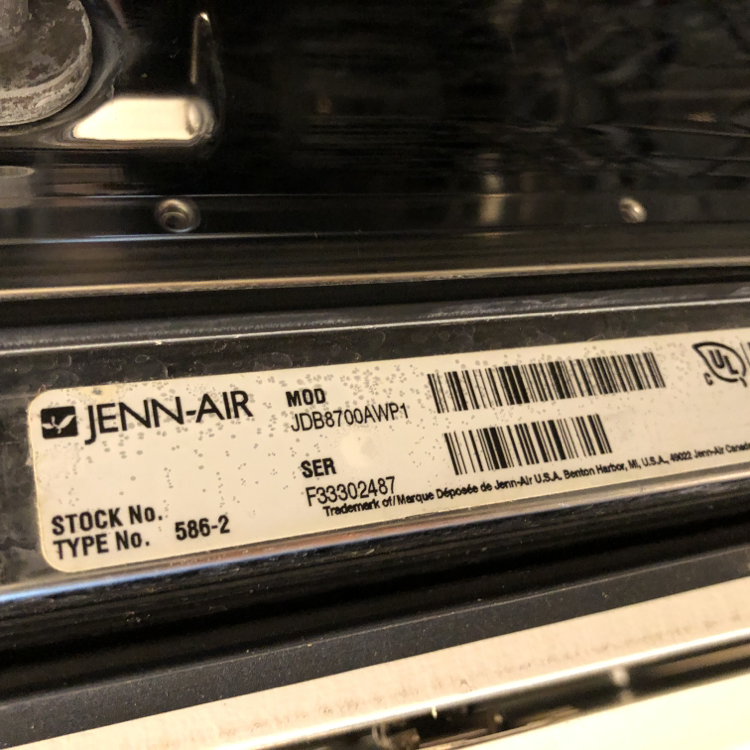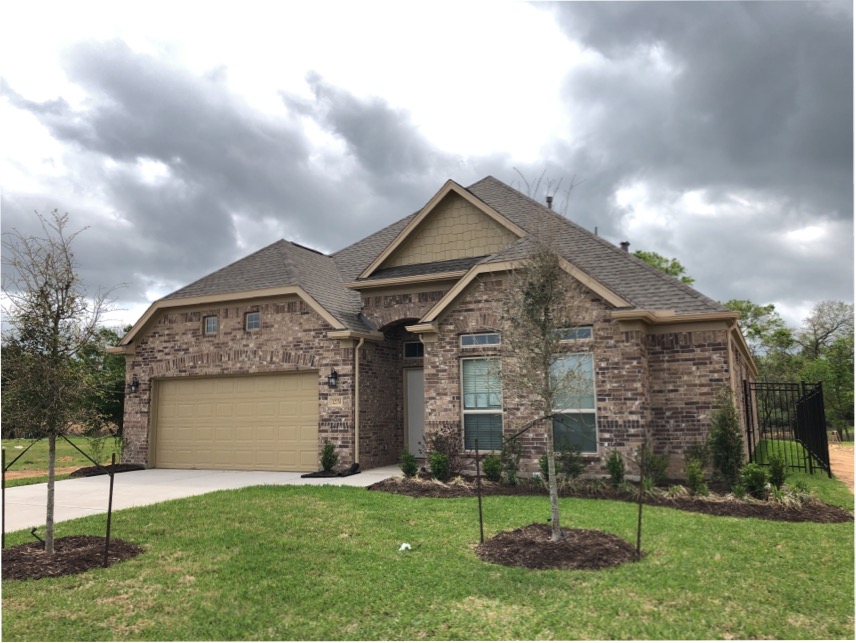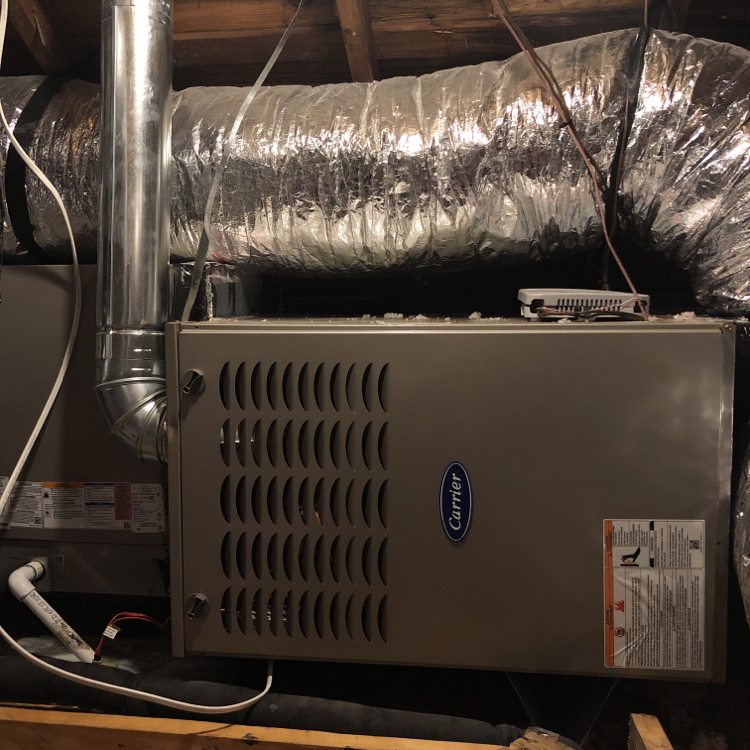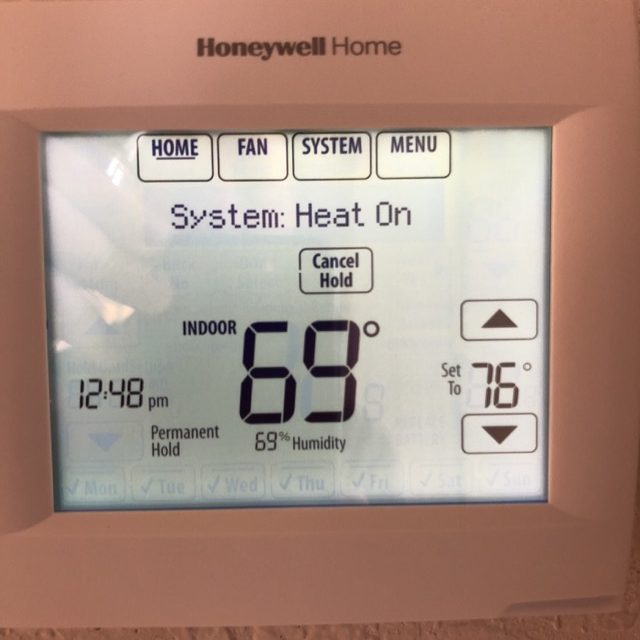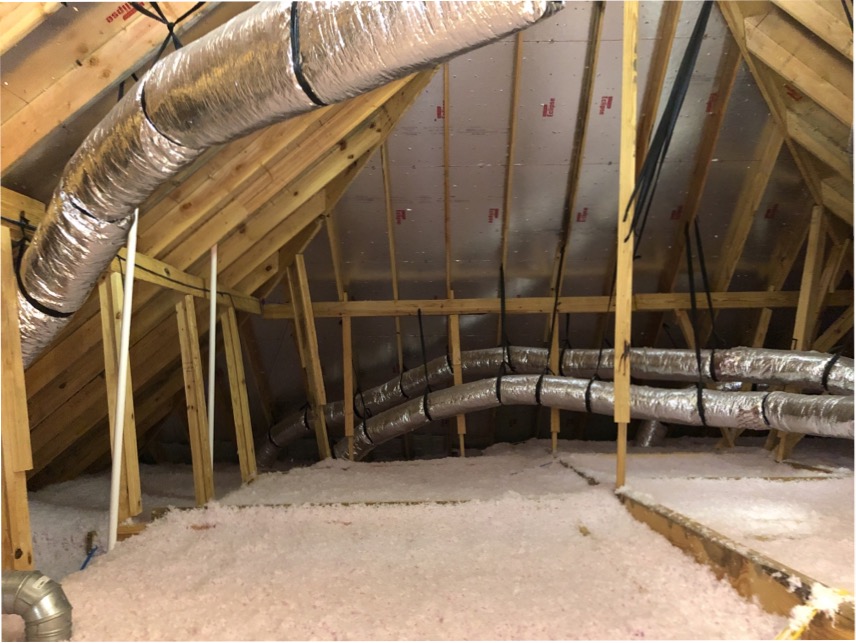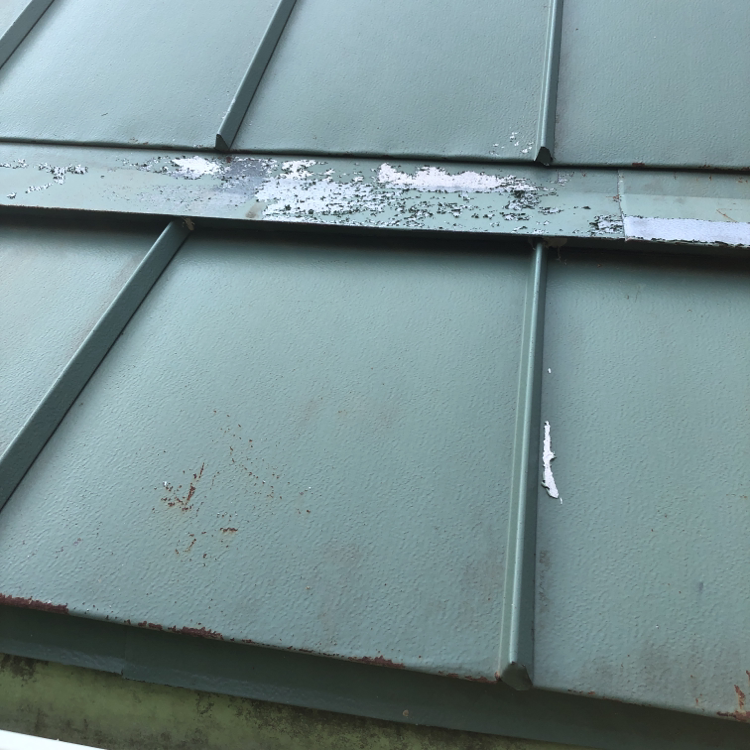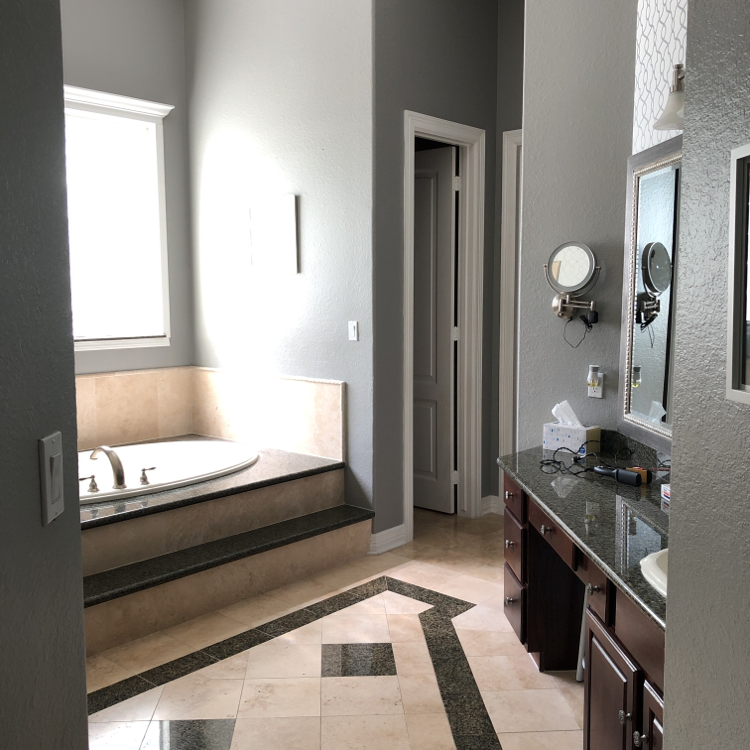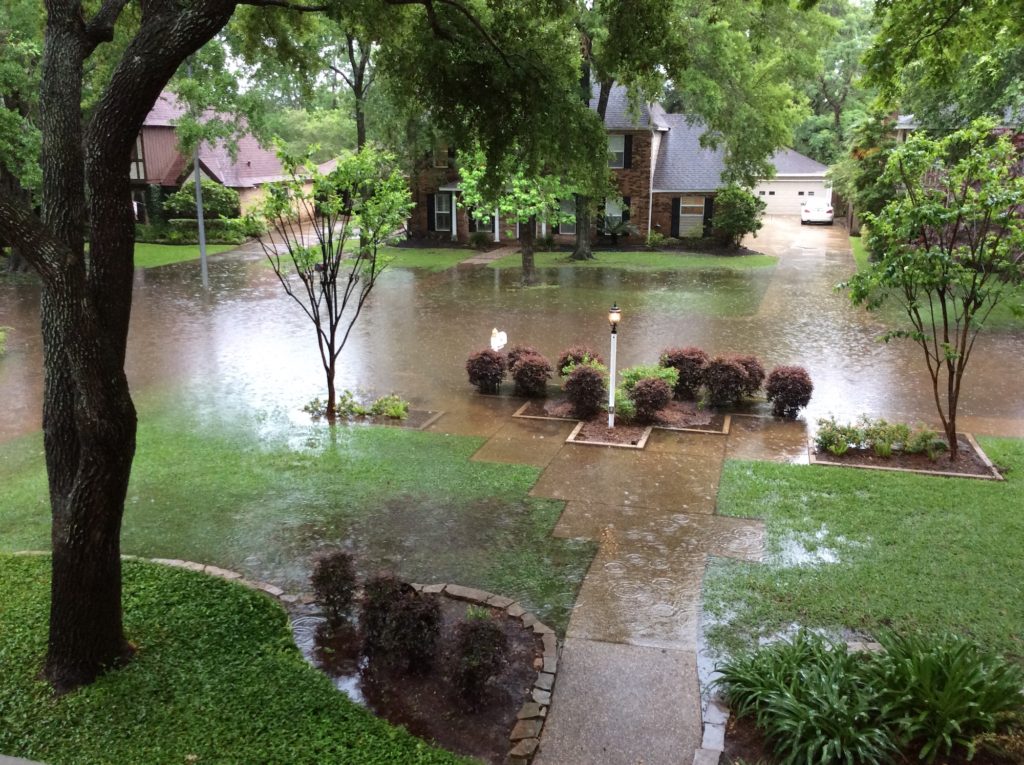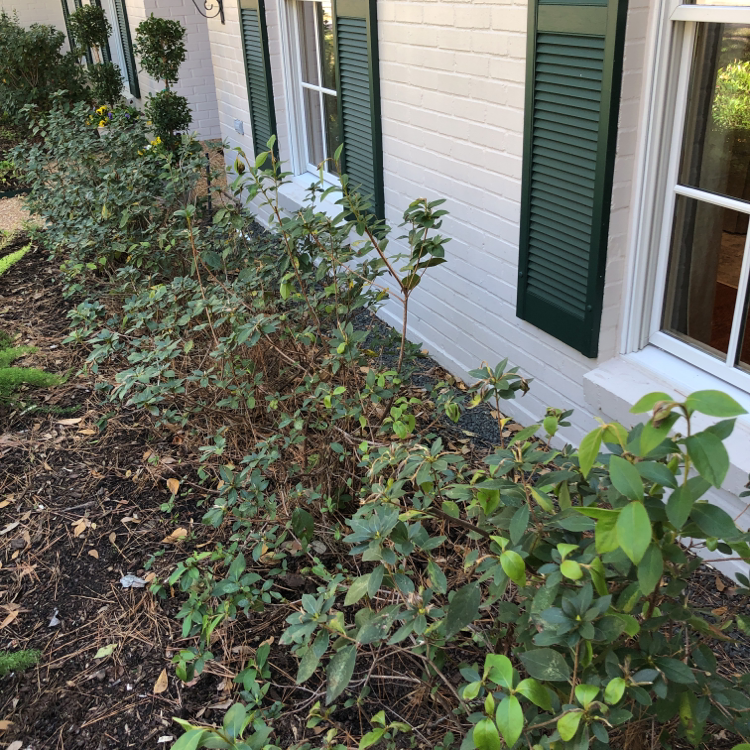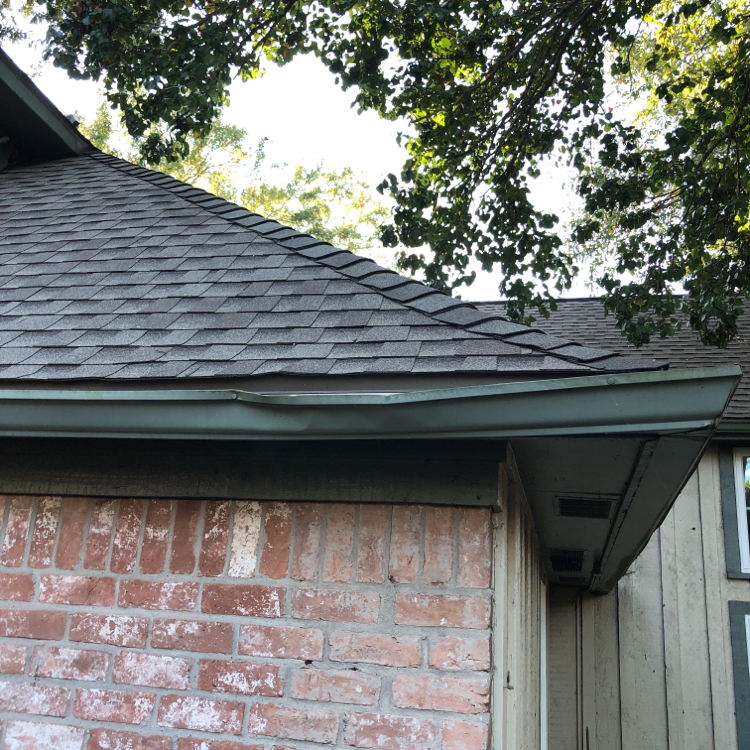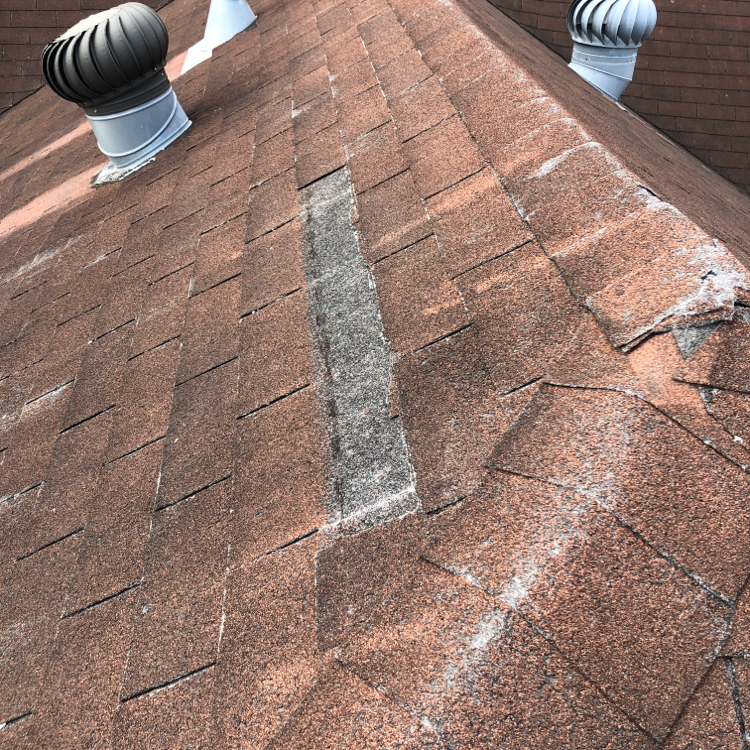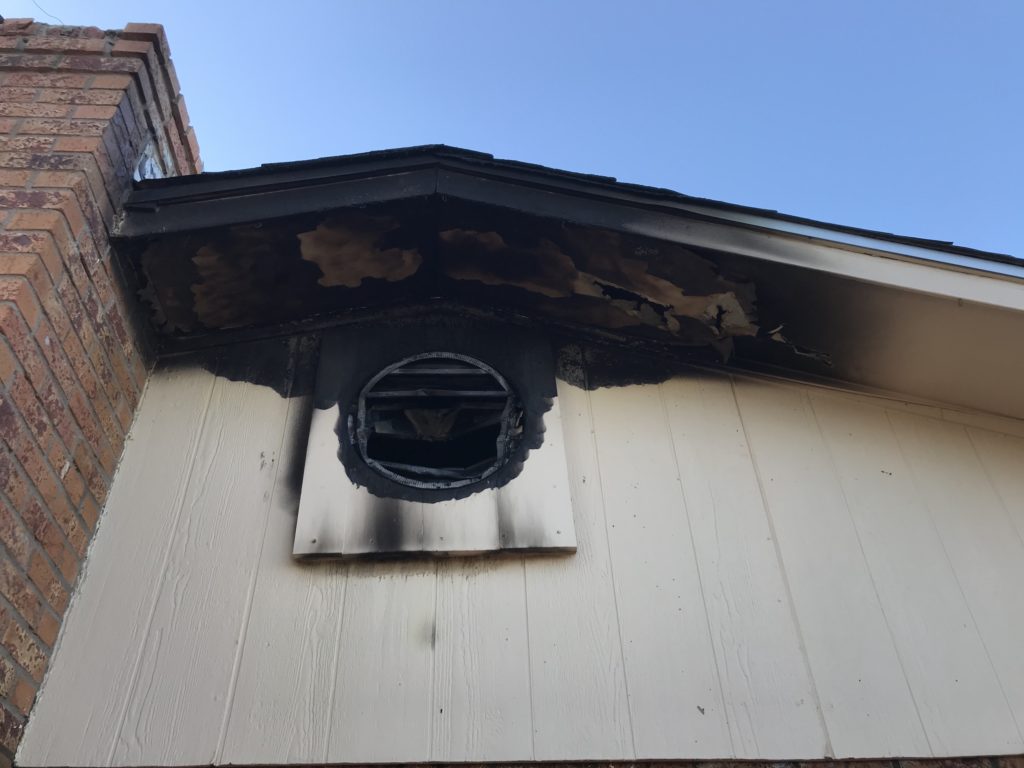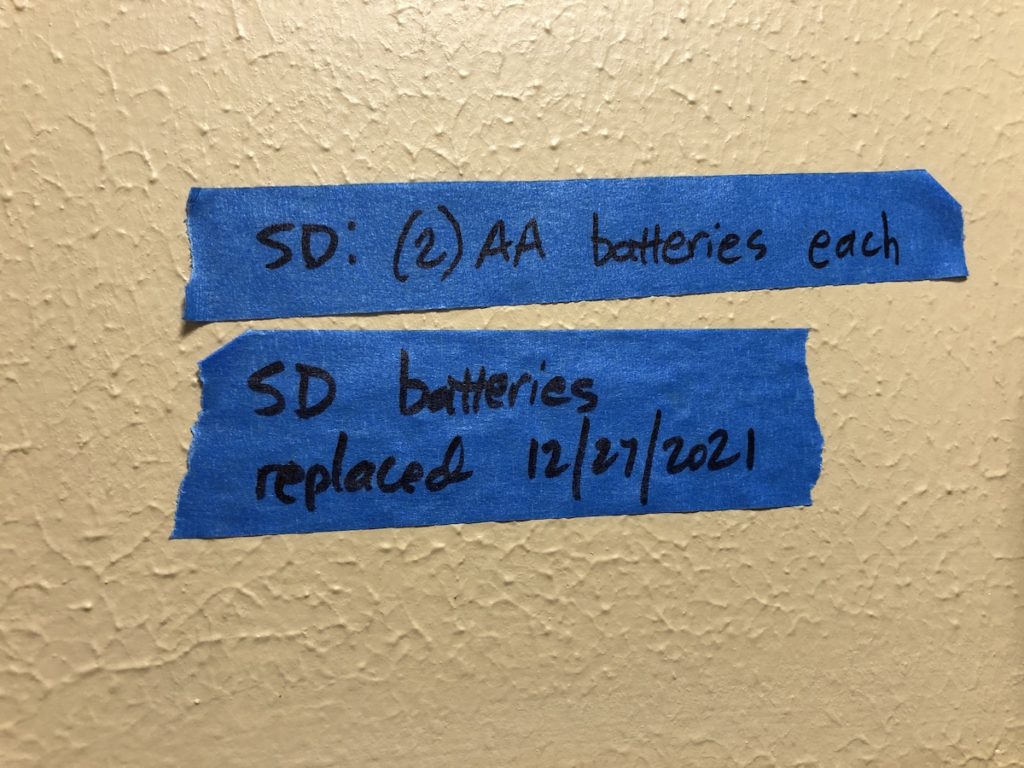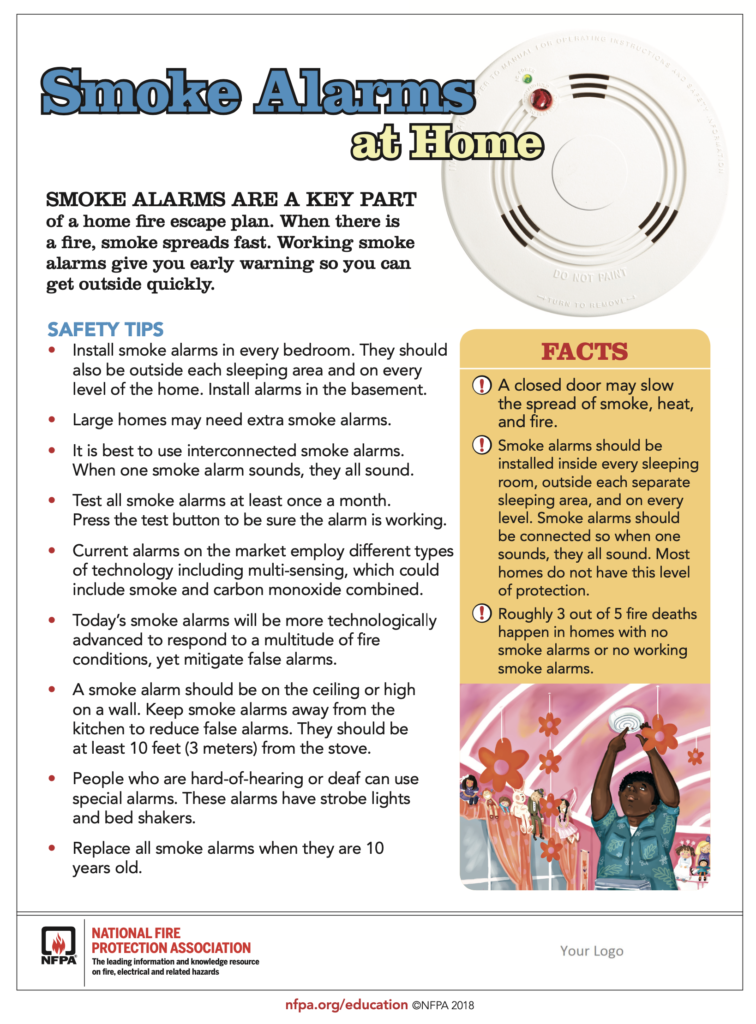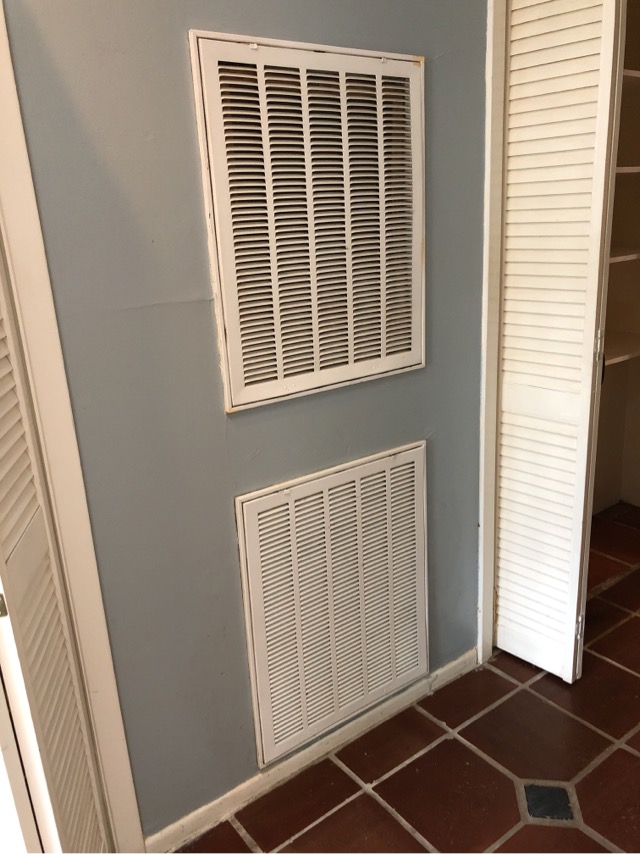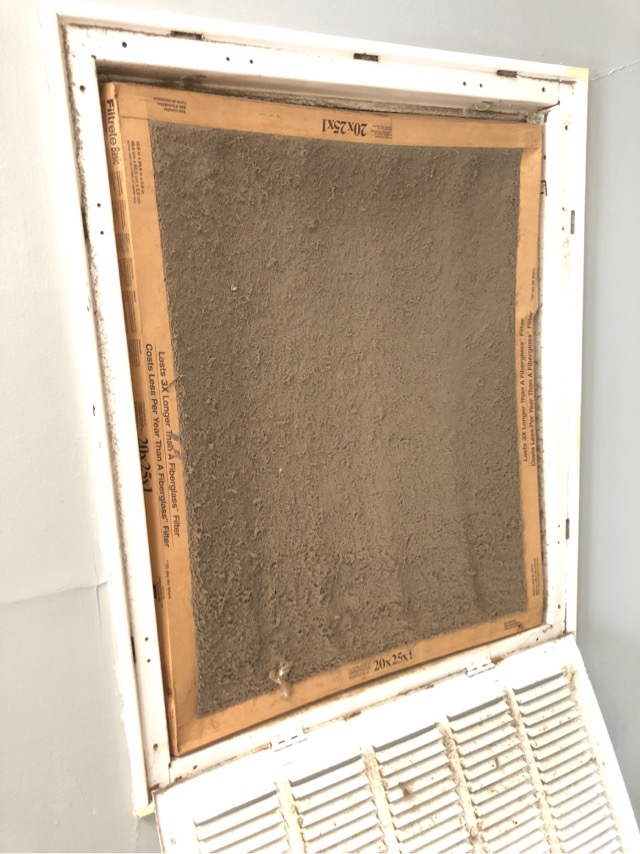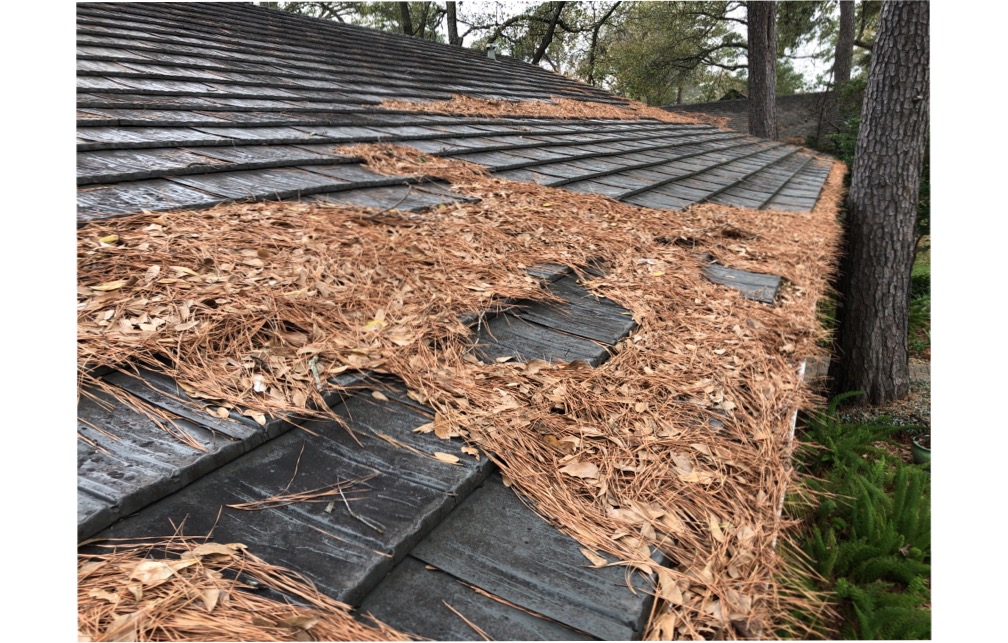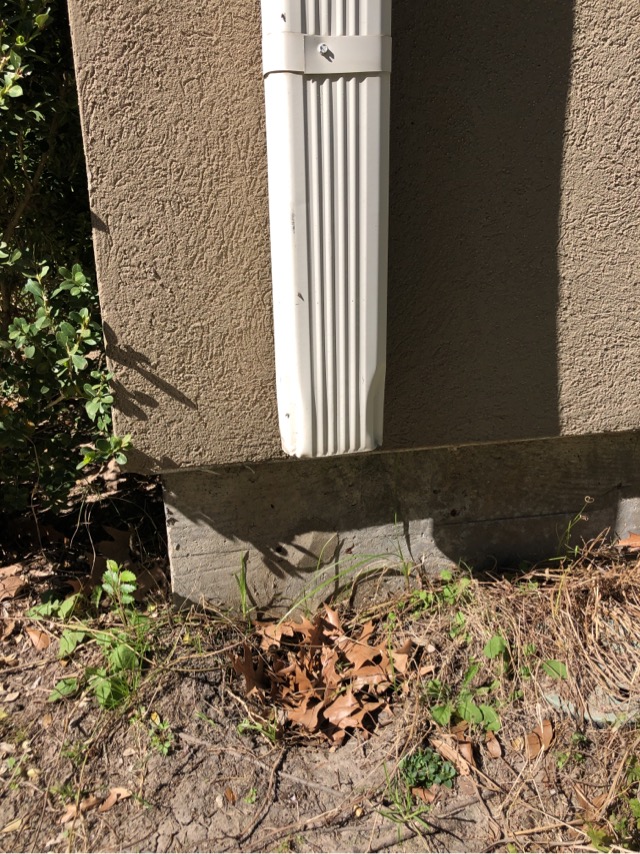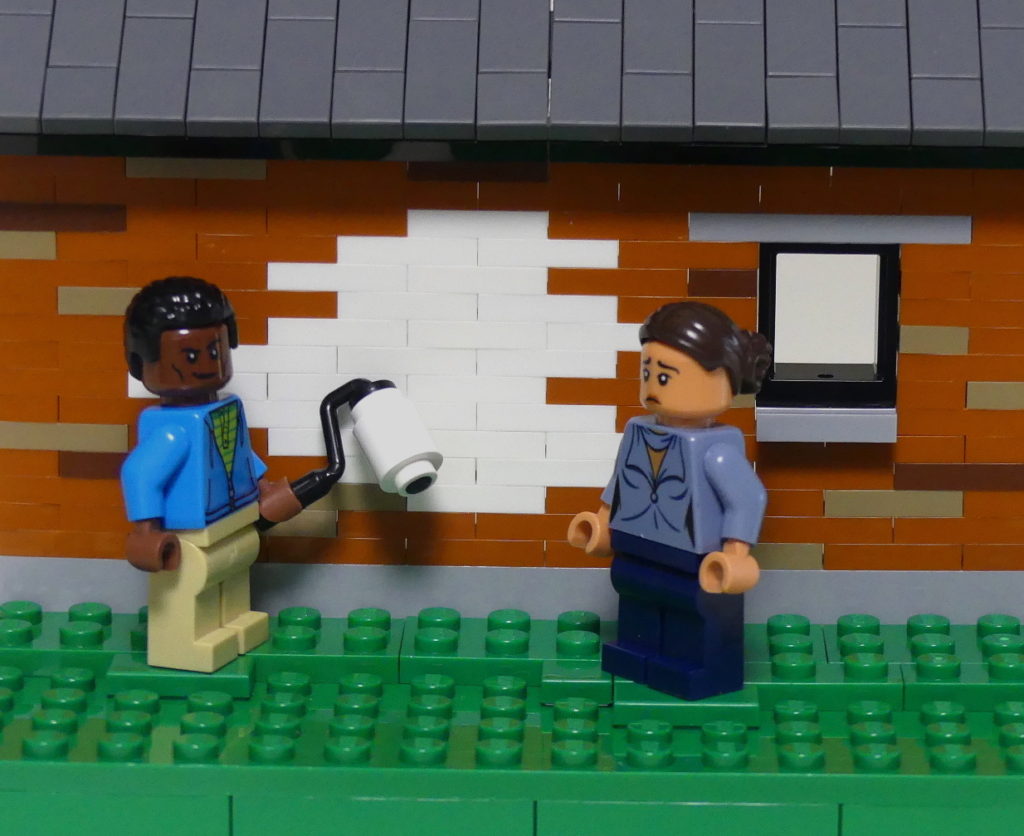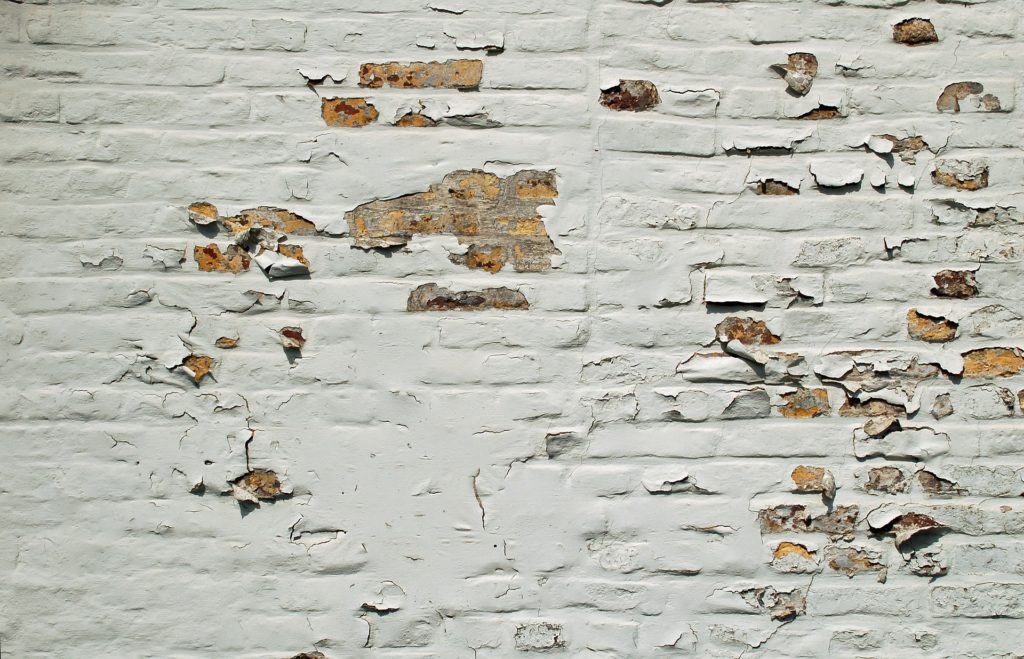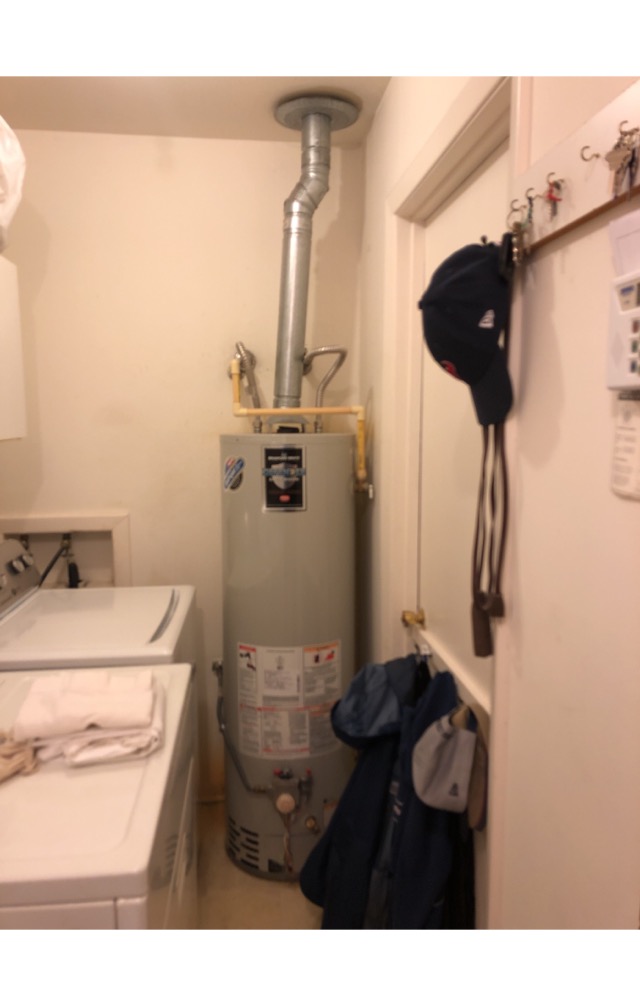Why should you sign an Inspection Agreement?
Most home inspectors ask each client to sign an Inspection Agreement before performing a home inspection. Why?
An Inspection Agreement protects both the Client (homebuyer) and the Inspector. It sets expectations for what will (and will not be) inspected, and it specifies other terms that both parties agree to. The following are some of the things that may be included in an Inspection Agreement:
Fee: The Inspection Agreement specifies what fee will be paid by the Client to the Inspector for the home inspection.
Scope of Work: The Inspection Agreement spells out what the home inspector will and will not do. Most home inspectors follow a set Standards of Practice. Here in Texas, inspectors are required to follow the Standards of Practice defined by the Texas Real Estate Commission. In other states, Inspectors may follow the requirements of a particular state, of the International Association of Certified Home Inspectors®, or of another creditable trade association. The Inspection Agreement should state specifically which Standards of Practice the Inspector will follow.
Dispute Resolution: The Inspection Agreement describes the steps that will be taken to resolve any disputes. Disputes between clients and inspectors are not common, but they do happen. A large majority of disputes are resolved through open, informal conversation between the parties. In rare cases, legal action is taken, and the process must follow the steps set out in the Inspection Agreement. Depending on the Agreement, this may involve arbitration or mediation.
Statute of Limitations: The Inspection Agreement describes the applicable statute of limitations for disputes. Homes require maintenance, and things change over time. It is not realistic for a homebuyer to discover a defect several years later and try to claim that the home inspector missed something during the inspection. Typically, a statute of limitations is specified as one or two years.
Limitation of Liability: The Inspection Agreement may include a Limitation of Liability clause. This clause limits the amount that the Inspector would pay back to the client in case of a dispute that is not resolved informally. Many Inspection Agreements limit this to the amount of the fee paid to the Inspector. Why is this?
A home is a significant investment. Most of the homes I inspect have selling prices in the range of $300,000 – $800,000, but the fees I charge for most inspections are approximately $300 – $500. If I was potentially at risk for the full cost of the home, I would have to charge a lot more for each inspection.
Signature: Finally, the Inspection Agreement includes signatures and dates by both parties. This shows that everyone involved has read the terms of the Agreement and will comply with those terms.
These are a few of the common clauses in a home inspector’s Inspection Agreement. Feel free to ask for a sample Agreement from an inspector, they should be happy to provide that. Click here to view and download the Inspection Agreement I use on the Resources page.
Typically a home inspector requests that the Client read and sign the Inspection Agreement before the inspection is performed in order to minimize misunderstandings and surprises. I have a convenient online system – once the inspection is booked, the Client receives an email with a link to read and sign the Inspection Agreement online, and to make payment.
Do you have any questions about Inspection Agreements, home inspections, or homes in general? Call or text me anytime at 832-986-1942, or email me at inspector@mileposthome.com. – Tim Howell, Milepost Home Inspection. TX Professional Inspector License 24309.

